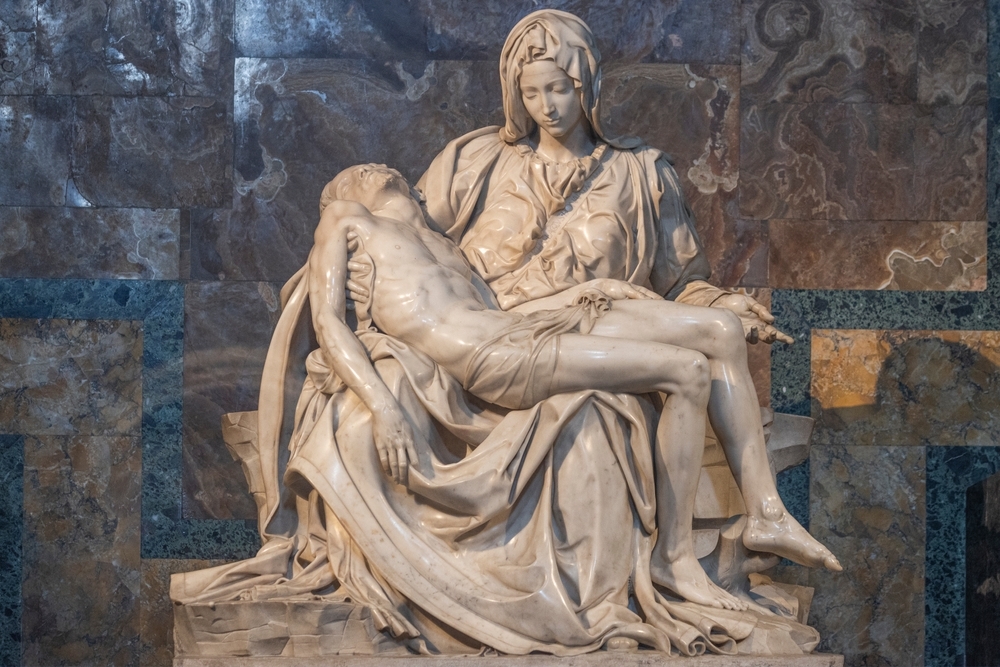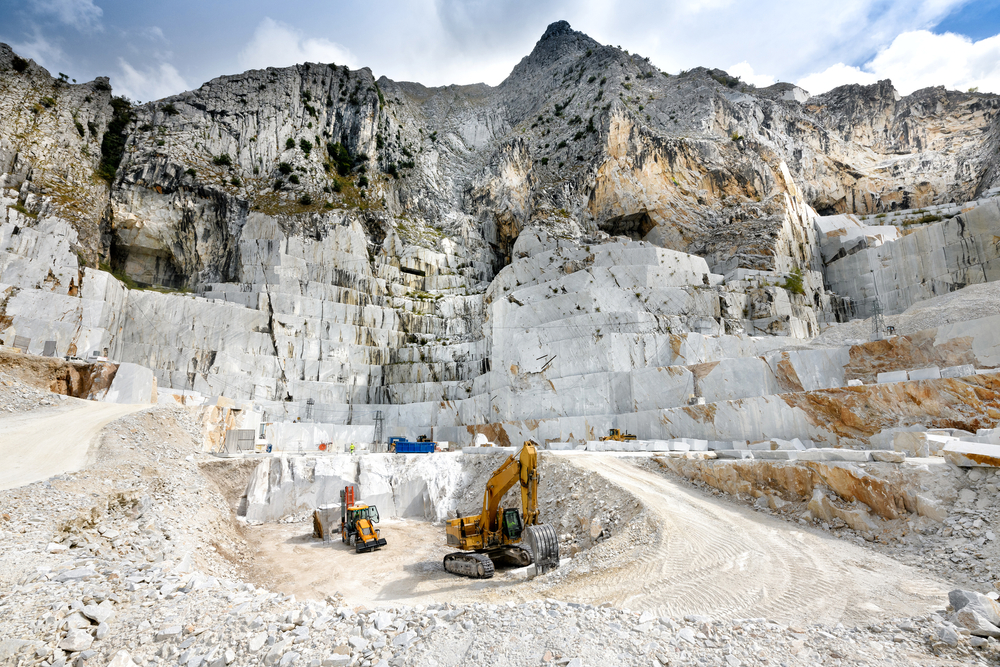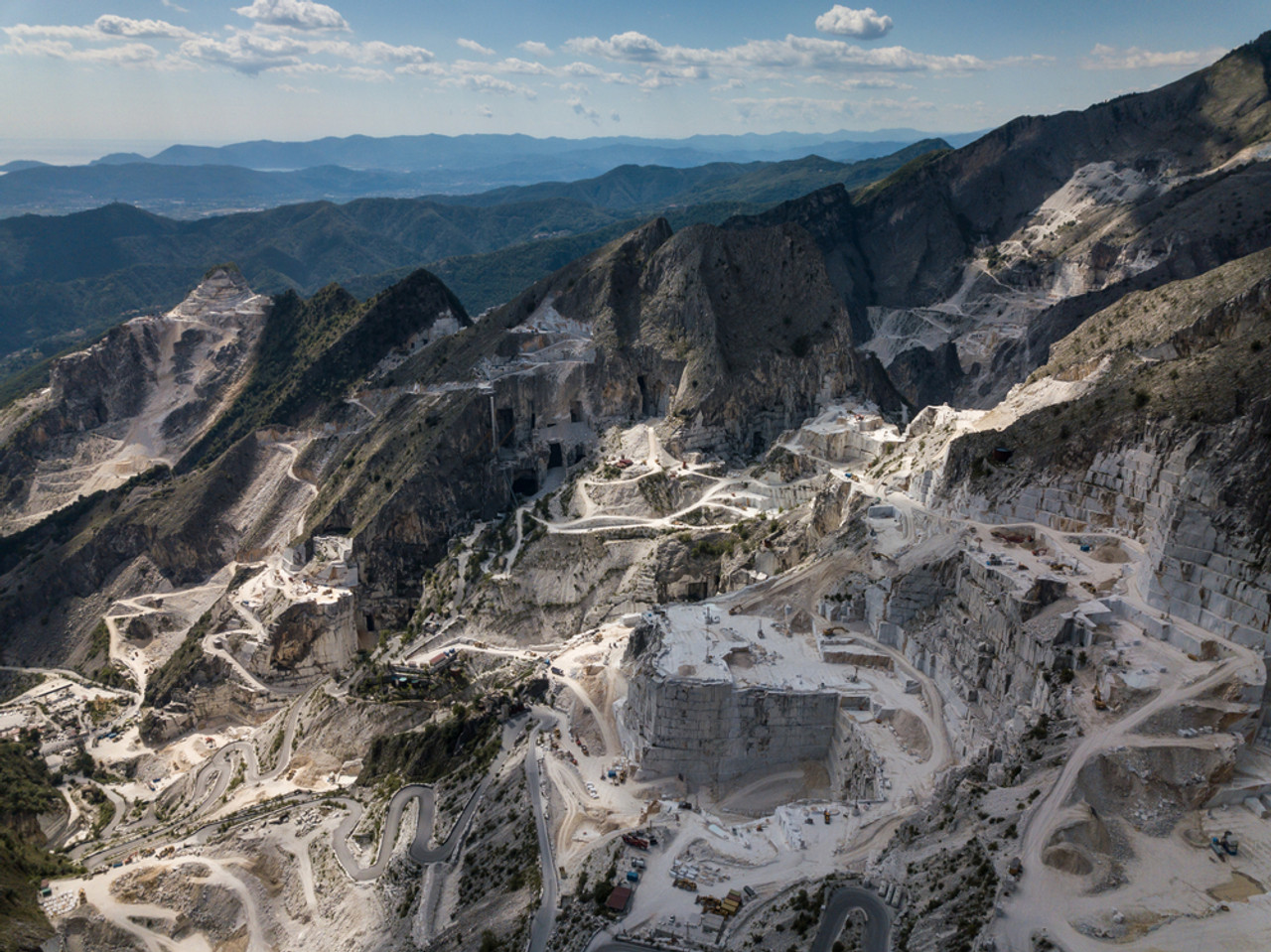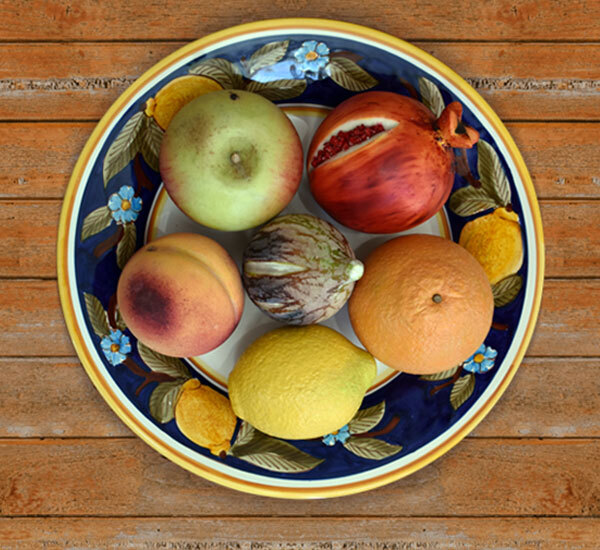Carrara Marble: The Preferred Stone of Michelangelo
Carrara Marble: The Preferred Stone of Michelangelo
What is it about Carrara marble that makes it so special? Carrara marble is quarried in Tuscany, in the Apuan Alps region. It is known for its distinctive white or blue-grey background with soft, feathery grey veining. This natural stone has been used for centuries in art and architecture due to its beauty and durability.
Carrara's marble quarries have a history spanning over two millennia, with large-scale exploitation beginning in the 1st century AD under the Romans. The Romans used Carrara marble which they called “marmor lunense”, or "Luni marble" to build monumental structures like the Pantheon and Trajan's Column.

During the Renaissance, Carrara marble reached the height of its fame, becoming the preferred stone for sculptors and architects, particularly Michelangelo. In 1497, he visited Carrara for the first time in search of material for his Pietà, which had been commissioned by a Cardinal Jean de Bilhères-Lagraulas, then the French ambassador to the Holy See in Rome, who wished Michelangelo to sculpt his Pietà for his funeral monument in the Chapel of St. Petronilla in Old St. Peter's Basilica.
The marble at Carrara was unlike any marble that Michelangelo typically found in Rome and Florence. Once in Carrara, he would prefer to select the marble himself directly from the quarries, rather than relying on pre-selected blocks. He would carefully inspect the large blocks of marble, looking for specific qualities and marking the best ones with his personal mark. Sometimes in order to make transport easier, Michelangelo would begin carving the initial shapes of his sculptures at the quarry itself. He would then personally arrange for the transport of the selected marble blocks, often coordinating with ships to carry them to his workshops.

Today one can see Michelangelo’s magnificent Pietà at St. Peter’s Basilica in Rome. The Pietà which translates as “pity” was carved from a single piece of Carrara Marble and depicts the crucified Christ lying across his mother Mary’s lap. Michelangelo's Pietà is magnificent due to its exceptional craftsmanship and the emotional depth it conveys.
Upon entering St. Peter’s Basilica, you will find the Pietà immediately to the right. Look closely at the sash of Mary’s chest and you will notice Michelangelo’s signature. Pietà is the only work of art the artist ever signed.
Michelangelo had such a fondness, admiration, and preference for this natural stone that it is easy to see why he and other Renaissance artists were both captivated and enamored by it. Today Carrara marble is still in great demand for its timeless elegance and classic beauty and countless marble slabs are supplied from Carrara to modern artisans all over the world.
Tours are available to explore the active and historical marble quarries near Carrara, Italy, where Michelangelo sourced his famous marble. These tours offer a chance to see the marble mountains, learn about the quarrying process, and sometimes even include visits to local marble workshops.
“The marble not yet carved can hold the form of every thought the greatest artist has.” – Michelangelo
Since the Victorian era and continuing today, Italian artists have been hand-carving life size-sculptures of fruit from Italian Carrara marble. These sculptures are inspired by the Carrara marble used by Michelangelo and other Renaissance artists and are crafted using similar traditional techniques sourced from the same quarries as Michelangelo's sculptures.
Every piece of fruit is carved from a single piece of White Carrara marble, sculpted and hand painted with pigments of natural origin and bee wax and enhanced with natural wood stems, using the same methods of Michelangelo age. A true work of art.








